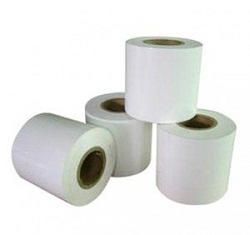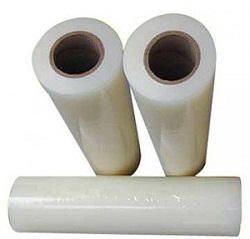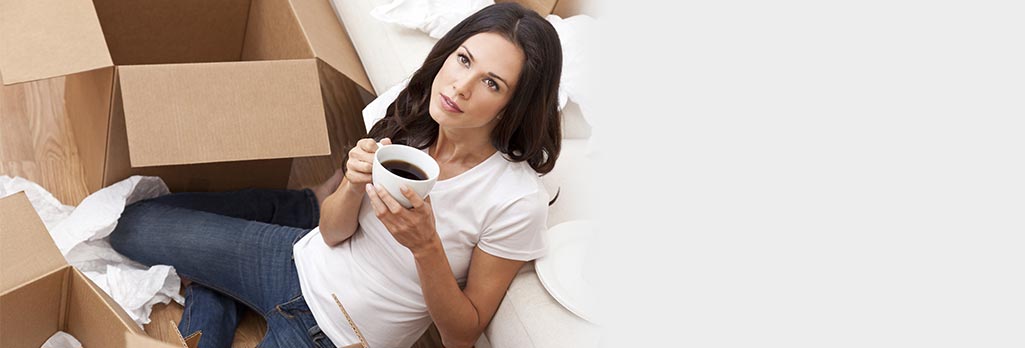Protective Wrap – Keeping Your Prized Possessions Safe
 Protective wrap comes in many guises, but probably the most used in house moves today is bubble wrap. Believe it or not, bubble wrap was first invented over 50 years ago and is still popping away merrily! It offers one of the best modern solutions for keeping your precious items safe protective wrap – keeping your prized possessions safe and unbroken during removals or when sending through the mail. That’s why it lines so many bag type postage envelopes.
Protective wrap comes in many guises, but probably the most used in house moves today is bubble wrap. Believe it or not, bubble wrap was first invented over 50 years ago and is still popping away merrily! It offers one of the best modern solutions for keeping your precious items safe protective wrap – keeping your prized possessions safe and unbroken during removals or when sending through the mail. That’s why it lines so many bag type postage envelopes.
Two engineers from New Jersey, Al Fielding and Marc Chavannes, saw its potential in 1957. They called it ‘Air Cap’, and original envisaged it as a decorative, easily removable wall covering! Though this didn’t work out, the Sealed Air Corporation soon sold it to IBM so they could pack their computers safely for delivery. The company now nets in excess of $5 billion a year through sales of bubble wrap as a protective packaging material. It’s that good.
The manufacturing process starts with beads of polyethylene resin which are heated in a turning in a cylinder until the resin becomes a melted liquid. This is then squeezed into sheets of clear film. One layer is wrapped around a large drum that has holes in it. This sheet is then suck into the holes, to form bubbles. Another layer of the plastic film is laminated onto the first so that the two sheets join together, trapping the air in bubbles. A simple idea, that works beautifully.
So, why is so good as a packaging material? It’s simple. The plastic encloses air bubbles about 6-10mm in diameter. These act as natural cushions, shock absorbers for any bumps to your belongings. Better than paper, more cushioning than even blankets, bubble wrap is the housemover’s material of choice. They truly will protect most items in transit.
Protective wrap has also allowed businesses and individual sellers to despatch fragile goods with far fewer breakages. Glass, china, paintings and porcelain can now be sent by courier or regular post without the horrendous end result of a breakage and claim.
Packing using bubble wrap doesn’t need layer upon layer, so needn’t use up metre after metre of the wrap. The best way is to use packing paper first to ensure the item is kept completely clean, also giving an extra layer of protection. Then wrap the bubble packaging around on top, ensuring all edges and corners are covered. For a very delicate item, give extra protection to the corners. Then, use a strong packing tape to ensure that the packaging stays in place and no thing is exposed. Items should be carefully stacked in a strong box, ideally with something soft traditional protective wrap between them. Taking real care with the arrangement of items within your box will ensure fewer breakages – don’t leave large gaps which could lead to your valuables rattling around against each other or the sides of the box or carton. Your packaging should be tight but not crammed.
If you are packing up very delicate, thin items like champagne flutes for example, try to use a bespoke box – preferably the one they first arrived in. This will have cardboard, crossed inserts to keep each item separate. You can pad these out with more protective wrap as needs be. The same goes for valuable electronic equipment. The original carton will probably have extruded polystyrene moulds where each piece of kit sit neatly, in specifically-designed spaces. You’ll be happy you kept the original boxes when you move!
You can do your bit for the planet and your pocket by recycling your wrap, too. Use a high quality, brown packaging tape to seal up your protected, wrapped items. This should be easily removable after the items are safely in their new home. Then, you can use the wrap again in future. As long as you can avoid your, or your kids’, temptation to pop all the bubbles! Yes they make a very satisfying sound and sensation, but once they are gone – the protection is lost.
It is far more economic to buy bubble wrap in large rolls rather than small sheets. Most good house movers, removals firms and removal box suppliers will be able to sell you rolls of up to 100 metres. The larger the roll, the more economic the price. And many will offer your free delivery.
There’s still a place for more traditional protective wrap. Tissue paper is a great way to keep delicate but not breakable items clean during a house move. Silk, linen and jewellery can be preserved in its clean state when wrapped in white tissue, with just a small piece of tape to secure it. This is also a great way to send sophisticated looking presents through the mail!
Books also need protection during a house move, particularly valuable ones. You can now buy clear plastic sleeves of different sizes to safeguard those dustjackets and first editions. If you are selling on sites like Amazon Marketplace or Ebay, books delivered thus wrapped look professionally despatched and arrive pristine. Don’t forget to protect corners against bumping. If you are relocating for a shorter time, for example on holiday, you may well have seen protective wrapping services at the airport. This is a great way to stop all your beach and underwear spilling out from suitcases! Particularly if you’ve crammed everything possible into your case. There is nothing worse than seeing your baggage arrive on the carousel with items hanging out. Airport baggage handlers are professionals, but they are also handling thousands of bags each day – at high speed. Getting your luggage wrapped should make sure that yours arrives intact. It can also prolong the life of your bags, deter opportunistic thieves and allow easy identification of your luggage at the other end – using brightly coloured plastic wrap. Most are now made of recyclable materials, so your conscience is clear too.
If you are relocating for a shorter time, for example on holiday, you may well have seen protective wrapping services at the airport. This is a great way to stop all your beach and underwear spilling out from suitcases! Particularly if you’ve crammed everything possible into your case. There is nothing worse than seeing your baggage arrive on the carousel with items hanging out. Airport baggage handlers are professionals, but they are also handling thousands of bags each day – at high speed. Getting your luggage wrapped should make sure that yours arrives intact. It can also prolong the life of your bags, deter opportunistic thieves and allow easy identification of your luggage at the other end – using brightly coloured plastic wrap. Most are now made of recyclable materials, so your conscience is clear too.
Protective wrap is therefore highly versatile and inexpensive. It comes highly recommended by all house moving companies in order to avoid the heartache of your goods arriving broken, damaged or stained.














